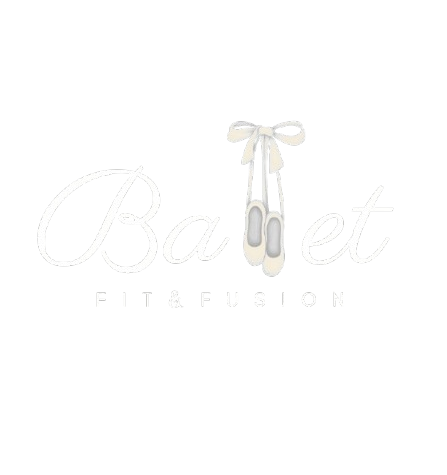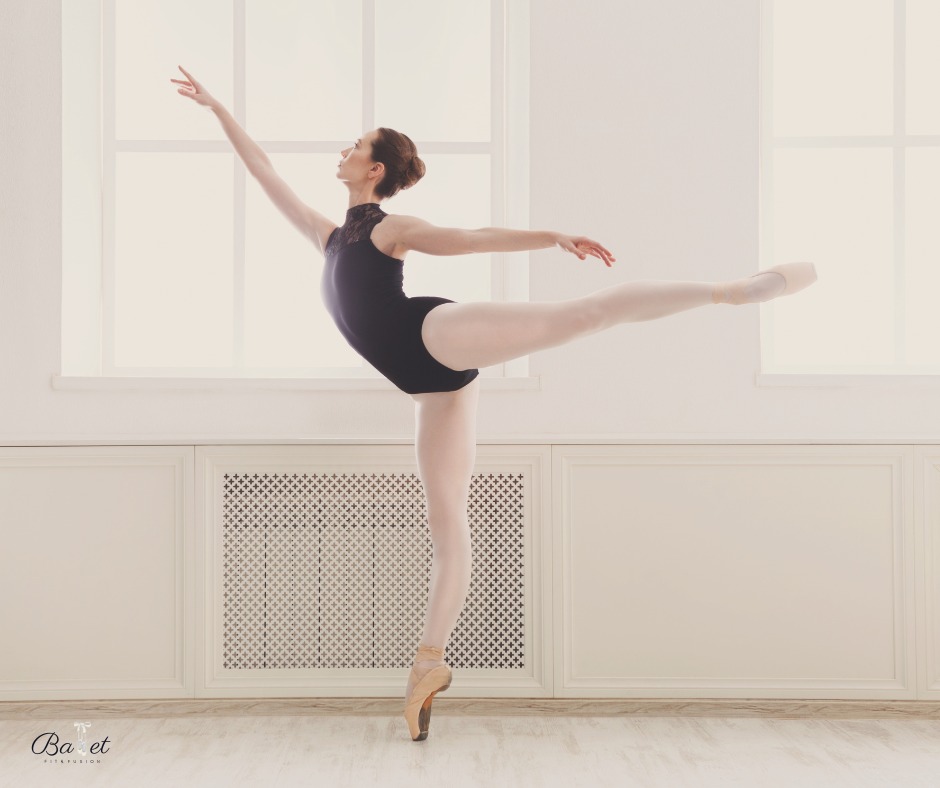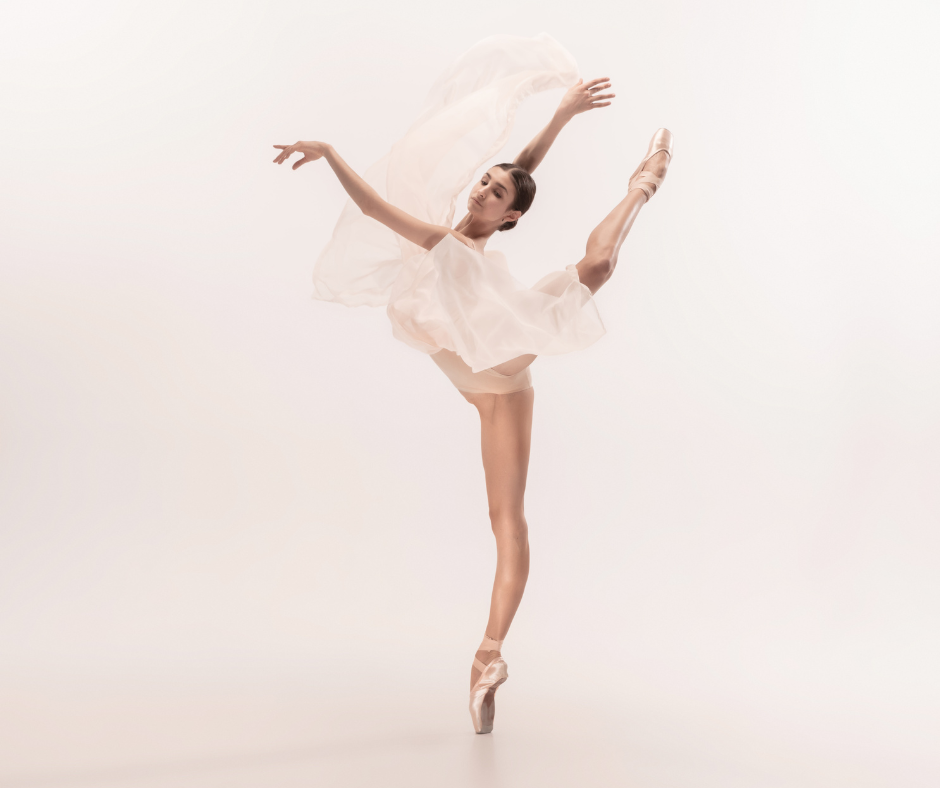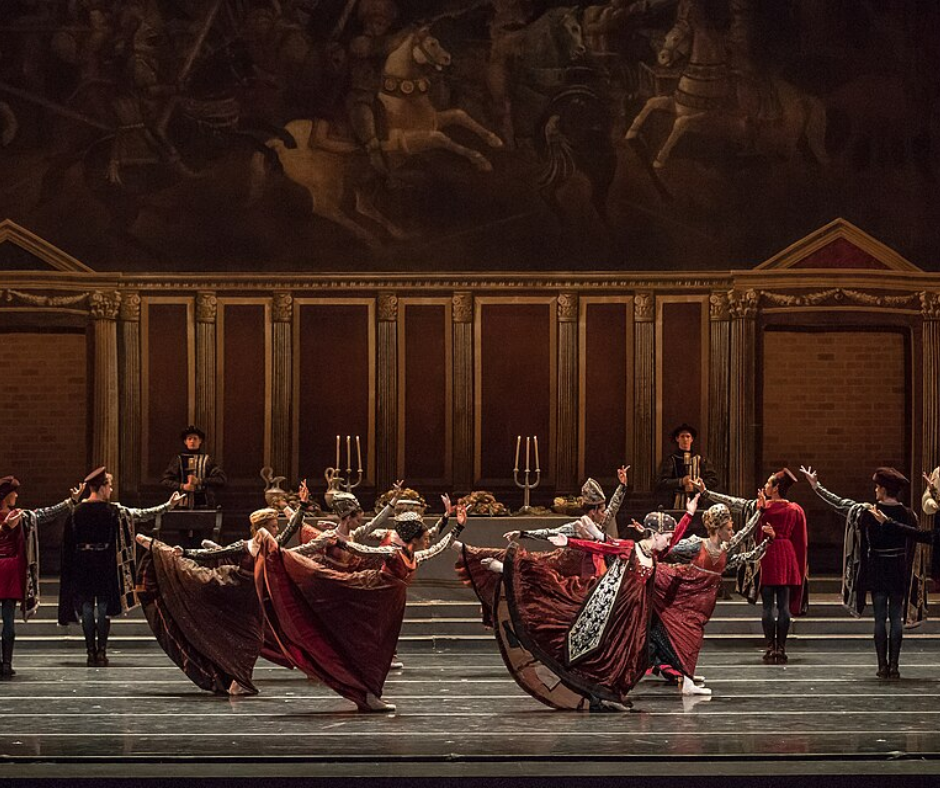Arabesque – The Eternal Line of Classical Ballet
Graceful, timeless, and unmistakably elegant — the arabesque is one of the most iconic positions in classical ballet. But beyond its aesthetic beauty lies a deep history and technical precision that has captured the admiration of audiences and dancers for centuries.
A Glimpse into History
The term arabesque comes from the Arabic-inspired decorative art of interlacing patterns. In the Renaissance, this concept found its way into European art, architecture, and eventually movement — including ballet. By the time ballet formalized in the French courts of the 17th century, the arabesque had evolved into a sculptural pose designed to elongate the dancer’s line.
Throughout the Romantic and Classical eras, choreographers like Marius Petipa and dancers like Marie Taglioni elevated the arabesque into a moment of breathtaking stillness and poetry. It became not only a physical line but a symbol of aspiration, weightlessness, and reach — the dancer’s silent message into space.
Why Arabesque Matters
The arabesque is more than a pose. It teaches:
-
Balance and extension
-
Core control and spinal alignment
-
Shoulder and hip placement
-
Emotional expression through the arms and gaze
Whether held in stillness or woven into grand adagios and turning sequences, the arabesque represents a dancer’s control, artistry, and technique.
The Four Classical Arabesques
First Arabesque – The body faces sideways (in profile) to the audience, with the working leg extended derrière at a minimum of 90°. The arm on the same side as the supporting leg stretches forward, while the opposite arm opens to the side — both at shoulder height, with palms always facing down. The torso remains lifted, acting as a counterbalance to the raised leg, and the gaze follows the front arm. Depending on the method, the torso may lean slightly forward (French school) or remain upright (Italian school).
Second Arabesque – Similar to the first in terms of legs and torso, but the arm positions change: the arm opposite the supporting leg (same as the working leg) extends forward, while the other arm opens to the side. The head turns toward the audience, looking over the front arm, creating an expressive and open upper line.
Third Arabesque – Performed in épaulement croisé, the supporting leg is in front and the working leg extended derrière. The same arm as the working leg reaches forward (aligned with the gaze), while the other arm extends to the side. This version emphasizes a diagonal, dynamic line through the torso and arms.
Fourth Arabesque – Built on the third arabesque structure, this version includes a slight rotation of the torso to present the shoulders more openly to the audience. The arm corresponding to the supporting leg stretches forward, while the opposite arm extends backward toward the raised leg. The head looks over the front shoulder, creating dimension and depth. This position is also linked to the concept of “à dos” (shouldered or turned over the back shoulder).
The Technique Behind a Perfect Arabesque
A refined arabesque is never just about lifting the leg. It is a total-body position that demands coordination, strength, and subtlety.
Key elements for a flawless arabesque:
-
Length through both sides: Don’t crunch the back — elongate it!
-
Lift from underneath: Engage glutes and hamstrings, not the lower back
-
Shoulder placement: Shoulders stay down and aligned with hips
-
Arm energy: Reaching outward, not collapsing — the arms must breathe
-
Turnout maintained: Both in the standing and working leg
-
Gaze: Elegant, purposeful, and expressive — the final polish
Common Mistakes:
-
Overarching the lower back
-
Lifting the hip instead of the leg
-
Collapsing in the supporting side
-
Passive or disconnected arms
Arabesque Beyond the Studio
Even if you’re not a professional dancer, learning the arabesque can bring tremendous benefits:
-
Improved posture and back strength
-
Refined body awareness
-
Elegance in daily movement
-
Confidence and poise
At Ballet, Fit & Fusion, we break down the arabesque in personalized sessions — whether you’re a beginner or rediscovering ballet after years away. Together, we build your line, your strength, and your grace.
Ready to Feel the Arabesque in Your Own Body?
Book your 1:1 online class today and let’s shape your perfect line — elegant, powerful, and uniquely yours.
Because beauty isn’t just in the pose. It’s in how you get there.



